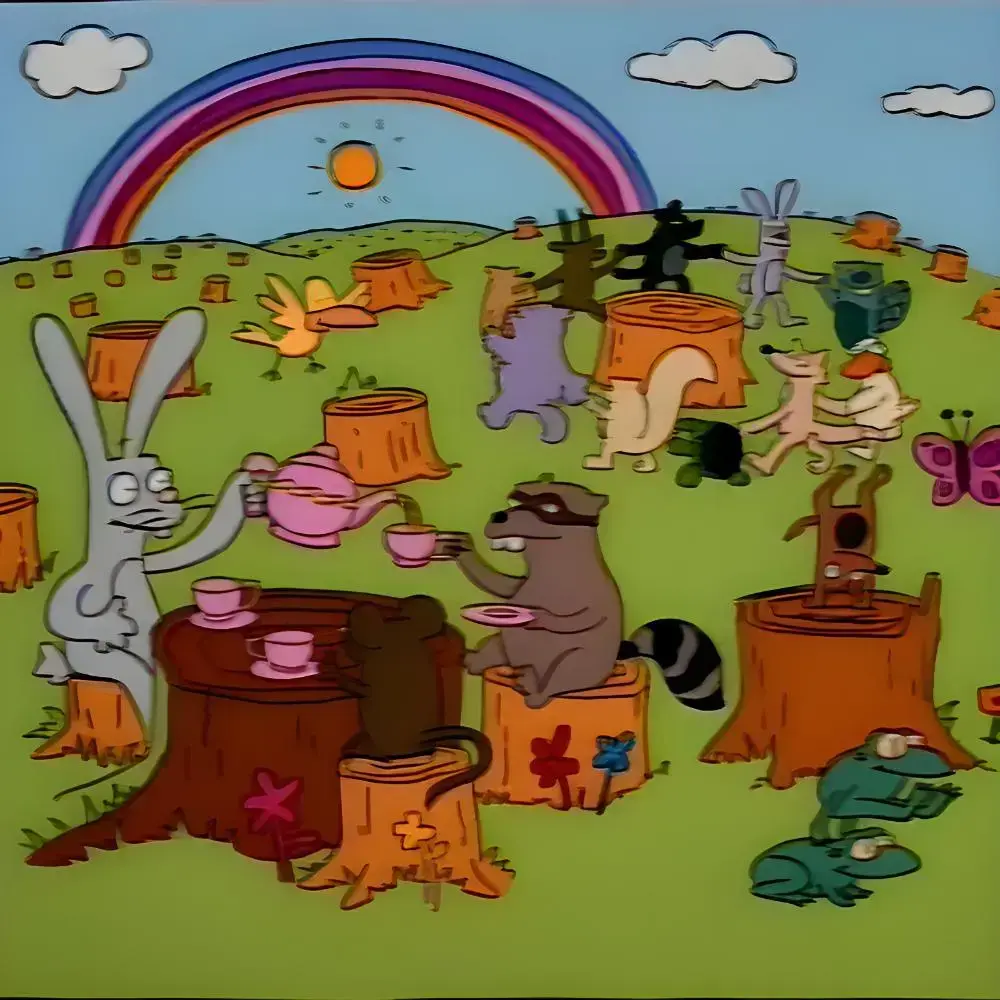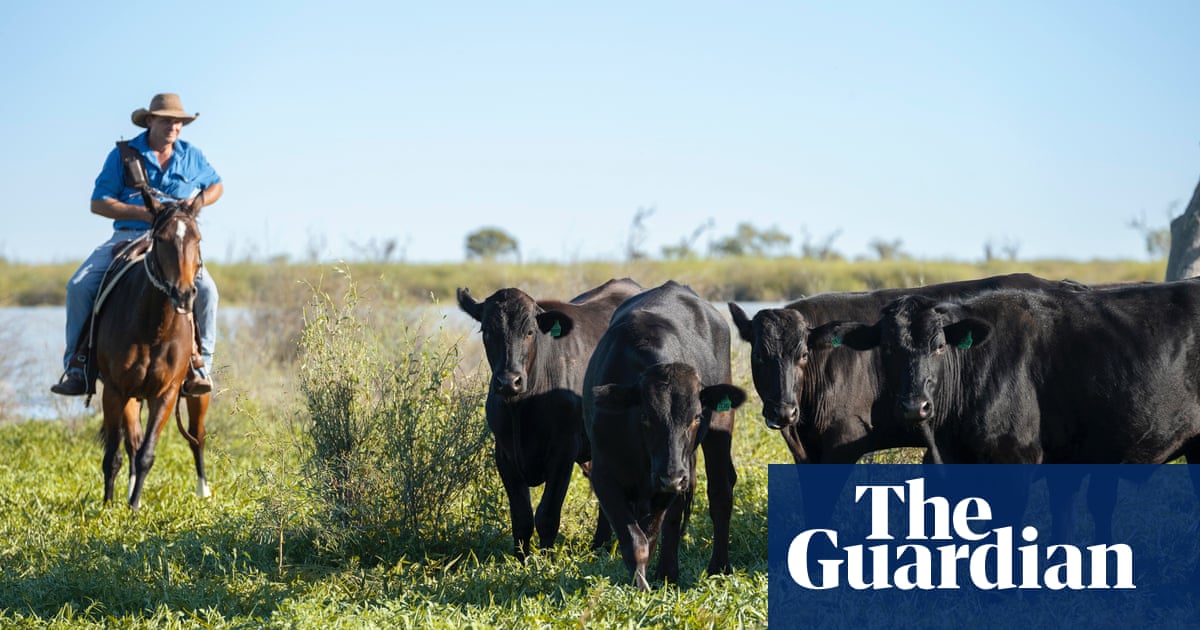- cross-posted to:
- climate@slrpnk.net
- cross-posted to:
- climate@slrpnk.net
One of the world’s longest commercial trials of a seaweed supplement that the global meat industry hopes could slash methane from beef cattle has recorded much lower reductions in the potent greenhouse gas than previous studies.
Putting the supplement into the diets of 40 wagyu cattle in an Australian feedlot for 300 days cut the methane they produced by 28%. The supplement was derived from the red seaweed species Asparagopsis, which has been widely promoted as being able to cut methane by more than 80%, with some experiments suggesting reductions as high as 96%. Globally, the UN’s Food and Agriculture Organization estimates, methane from burping cattle - known as enteric emissions - releases about 2.1bn tonnes of CO2-equivalent a year, compared with the 37.5bn tonnes of CO2 from burning fossil fuels.
Because methane is about 80 times more potent than CO2 at warming the planet over a 20-year period, cutting methane is seen as a way to slow global heating faster.
The trial report noted that other experiments over shorter timeframes using the same open-air measurement technique had recorded higher methane reductions.
The latest trial was financially backed by the country’s biggest beef producer, the Australian Agricultural Company, which helped run the trial and provided the animals.



Absolutely, happy to share about biochar!
Biochar is a type of charcoal that is produced by burning organic material from agricultural and forestry wastes (also known as biomass) in a controlled process called pyrolysis.
Now, how does it relate to carbon capture and storage?
Carbon Capture: When plants grow, they absorb CO2 from the atmosphere. As some of the plant’s carbon is in its organic material, when we turn this into biochar, we essentially capture and “lock” this carbon into a stable form that doesn’t easily degrade back into CO2.
Carbon Storage: The biochar, which is rich in carbon, can be added to soil. In the soil, biochar can remain stable for hundreds to thousands of years, thereby effectively storing the captured carbon underground, reducing the amount of CO2 released into the environment.
So, overall, biochar presents a method of managing carbon by not only sequestering it on a centuries-long basis, but it offers other benefits like improving soil fertility and increasing agricultural productivity.
This is of course a simplified explanation, and the actual processes and outcomes can be more complex and differ based on various factors like the feedstock used, the pyrolysis process conditions, and the manner in which the biochar is used. But that’s the gist of it!